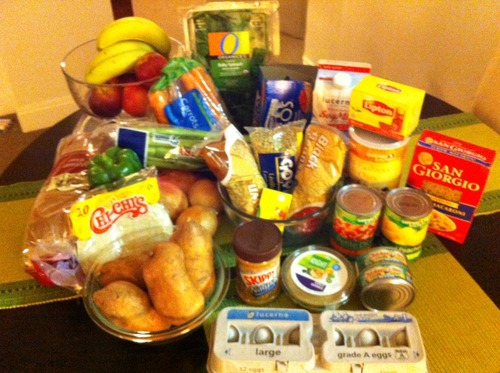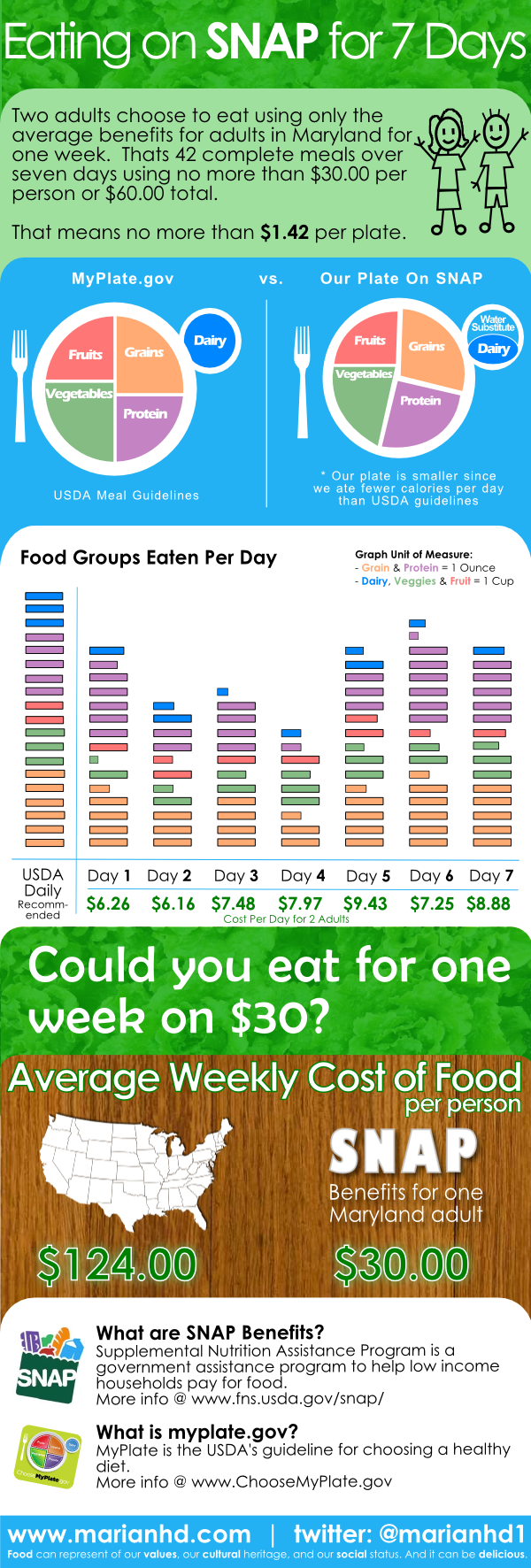Resilience and sustainability are complementary, essential attributes of a healthy food system. One addresses relatively short-term responses to disturbances and the other addresses holistic management for long term stability. There’s no bright line between these two concepts but they aren’t the same.
For example, resilience is the ability to bounce back quickly from an extreme weather event by re-establishing food production and distribution, hopefully with improvements so that such events will do less harm in the future, while sustainability is the long term challenge to slow the rate of climate change so that extreme weather events won’t continue to increase dramatically in frequency and intensity.
Resilience is the ability to harvest, process, store and distribute food for a limited period of time when the electrical grid goes down or when fossil fuel supplies are interrupted, while sustainability is the ability to meet the food system’s energy needs from local, renewable, affordable energy sources.
Different metrics are needed to assess the resilience and sustainability of food system components. At the field level, resilience measurements might include: water-holding capacity of soil, ability to drain excess rainfall from agricultural land, buffering against wind and water erosion, biological activity rates, contaminant degradation rates, and extent of crop insurance coverage. Sustainability measurements might include: CO2e per unit of food produced, Btu fossil energy per unit of food produced, annual soil erosion rate, nutrient fluxes, and average net profit per unit of land over many years.
Some metrics can address both resilience and sustainability since they affect both long- and short-term outcomes. For example, measures of soil heath like compaction and organic matter content affect the ability of land to withstand short-term drought and flooding, and they affect long-term energy consumption (in the form of fertilizers, tillage, irrigation) and thus farm costs and profitability.
 I suggest that there are three levels of work to be done, and that each level contributes to resilience and sustainability over a different time horizon. The levels are adaptation, mitigation, and transformation. Adaptation is coping with a problem in the short term. Mitigation is reducing the extent of the problem over the medium term. Transformation is solving the problem for the long term.
I suggest that there are three levels of work to be done, and that each level contributes to resilience and sustainability over a different time horizon. The levels are adaptation, mitigation, and transformation. Adaptation is coping with a problem in the short term. Mitigation is reducing the extent of the problem over the medium term. Transformation is solving the problem for the long term.
Adaptation, mitigation and transformation are not mutually exclusive; in fact, we need to work on all levels at the same time. The important thing is not to stop at the first two, because until we get to transformation, we’ll always be dealing with symptoms, without ever solving the underlying problems.
Let’s use Tropical Storm Irene and its impact on Vermont’s food system as a context for considering the three levels. The first reaction to such an extreme weather event is bound to be adaptation: how can we cope with this disruption to our food system? After Irene we realized that we need more effective crop insurance, better ways to treat flooded silage corn to minimize mycotoxin formation, and a rational system for testing soils and crops for contamination so that we will know what’s safe and what isn’t.
Mitigation looks ahead a little more, and after Irene we asked: how can we reduce damage from future floods? Possible strategies include: more durable riparian buffers, better ability to quickly harvest and store crops out of harm’s way, and use of alternative crops in flood plains that can withstand exposure to flood water and still be of value.
Transformation involves watershed-level changes in land use patterns and waterway management so that destruction to fields and property is avoided when excess rainfall can be absorbed and distributed across the landscape. Transformation also includes drastically reducing greenhouse gas emissions that drive climate change and contribute to greater intensity and frequency of extreme weather.
Comprehensive combinations of adaptation, mitigation and transformation are needed to address all of the big food system problems we face, from childhood diabesity, to loss of farmland, to the declining quality of food offered by the commercial food system. Here are some examples:
Imagine how much healthier children would be if every town had a full-time school nurse to help kids individually address their health and nutrition needs, if every school was funded to fully implement a farm-to-school education program, if underage soda consumption was illegal, and if school cafeterias all had the capacity, and a mandate, to serve delicious whole local foods.
Imagine how little farmland would be lost if productive farms were exempt from property tax, if there was a statewide farmers’ retirement fund, and if farming was recognized in statute and in land use planning as the highest and best use of fertile land for the greater public good.
Imagine how many new farmers we’d have if young people with the skills and experience could acquire farmland through zero-interest mortgages, if angel investors supported new farm businesses until they were successfully established, and if we more effectively documented and promoted the long term economic and environmental benefits of farms to communities.
Imagine how the purchasing power of consumers would change our food system if foods were required to be labeled with triple bottom line information. This could include the names and location of the farms that grew the raw ingredients; full disclosure of GMO, antibiotics or hormone use; descriptions of soil and water stewardship practices, and the ratios of fossil Btus consumed and greenhouse gases generated per calorie of food energy produced. This kind of information wouldn’t matter to everyone, but a whole lot of people, perhaps a critical mass, would respond to it. They would change what they eat and where they invest their food dollars – and that would enhance the resilience and sustainability of our food system.


















